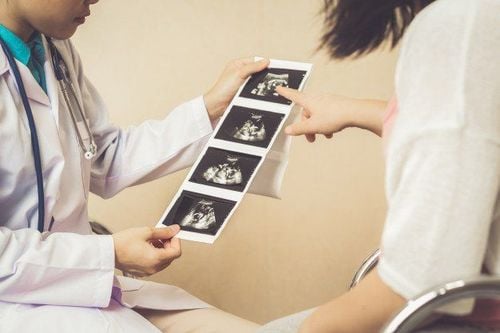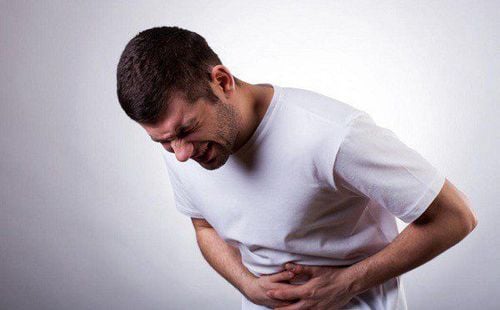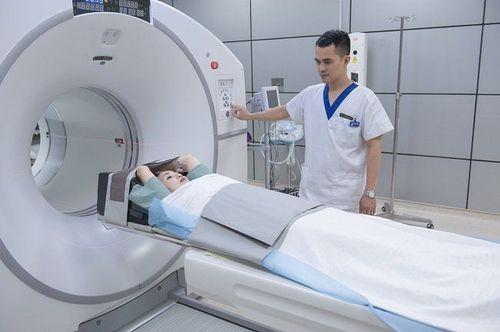This is an automatically translated article.
The article is professionally consulted by MSc, BS. Dang Manh Cuong - Doctor of Radiology - Department of Diagnostic Imaging - Vinmec Central Park International General Hospital.Today, people are facing many problems such as contaminated food, alcohol abuse, polluted environment, etc., causing the rate of patients with liver and biliary diseases to increase day by day. The introduction of subclinical methods such as gallbladder ultrasound, computed tomography of the gallbladder has greatly helped in the early diagnosis and treatment of hepatobiliary diseases.
1. The position and role of the liver and bile in the body
The liver is the largest organ in our human body, it is located just below the diaphragm, below the right diaphragm, partly encroaching on the left. The highest point of the liver is behind the right V rib. The lower border of the liver runs along the right costal arch, crossing the epigastrium and the left costal arch.The liver plays an extremely important role in the body, it performs many functions such as:
As a storage organ: the liver stores a lot of important substances such as glycogen, protein, lipids, iron, vitamins A, D, etc. E, K, B12. The liver also stores iron from hemoglobin in the form of ferritin, ready to make new red blood cells. The liver has a metabolic function: converting food into substances necessary for the life and development of the body. The liver is involved in the metabolism of carbohydrates, fats and proteins. The liver has the function of synthesizing: protein, fibrinogen, heparin, prothrombin, angiotensinogen hormone, albumin,... The liver is the place to produce bile: every day the liver produces about 0.5 liters of bile. Bile after being produced will be poured into the gallbladder, from where it is excreted into the small intestine to participate in the breakdown and absorption of fats and some vitamins. The liver is also the site of conversion of drugs that are absorbed from the gastrointestinal tract into a form the body can use. At the same time, the liver is also the place to detoxify and excrete toxins in our body. The gallbladder is a small, pear-shaped, green pouch located just below the surface of the liver. This is where bile is stored and concentrated, which is then secreted into the small intestine to digest fats.
2. The role of ultrasound in diagnosis and treatment of hepatobiliary disease
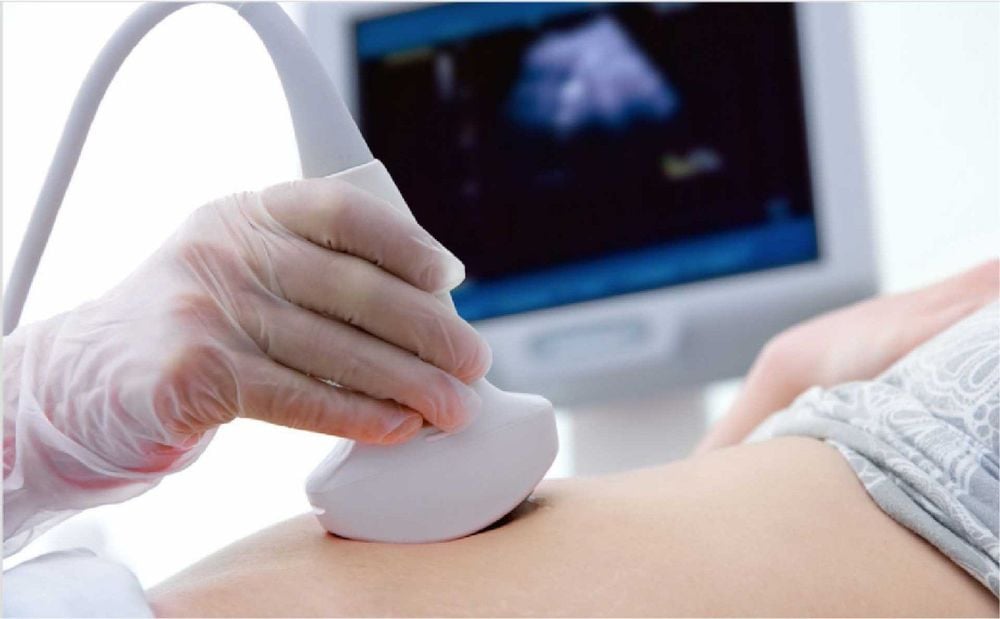
Siêu âm giúp phát hiện và chẩn đoán nhiều bệnh lý về mật
Contour structure of the liver; Structure of liver parenchyma; Tubular structure in the liver parenchyma: includes blood vessels in the liver and bile ducts; Liver stalk structures. Gallbladder image on ultrasound: gallbladder is located in the gallbladder fossa, usually rhombus-shaped, sometimes spherical. The size of the gallbladder varies, with an average length of 8 - 10cm, a width of 3cm. If the width exceeds 4cm, it is considered abnormal. Some other structures of the liver such as the crescent ligament, the round ligament. Ultrasound helps diagnose, evaluate and treat the following hepatobiliary diseases:
Benign liver tumors:
Liver cysts Liver hemangiomas Focal nodular hyperplasia Malignant liver tumors include:
Cancer hepatocellular carcinoma intrahepatic cholangiocarcinoma Liver metastatic liver cancer Infectious diseases of the liver, including:
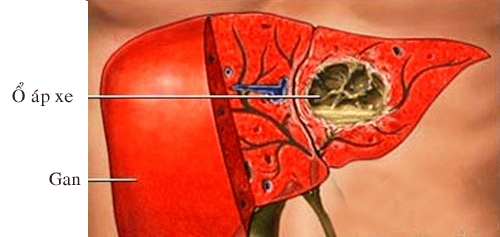
Áp xe gan
Cirrhosis Fatty liver : homogeneous diffuse fatty liver, heterogeneous diffuse fatty liver Increased portal pressure Liver injury: the liver is one of the most vulnerable organs in abdominal trauma, second only to the spleen and kidney. Traumatic liver injuries include:
Contusion - intraparenchymal hematoma Hematomas Subcapsular hematoma Liver rupture: tearing of the liver parenchyma and capsule Injury to the pedicle Biliary tract pathologies:
Gallstones :
Primary gallstones Intrahepatic cholelithiasis Cholelithiasis Complications of gallstones: acute cholecystitis, acute cholecystitis, gallbladder wall thickening. Cholangiocarcinoma :
Benign tumors. Cholangiocarcinoma: gallbladder cancer, cholangiocarcinoma, ampulla of Vater Bile duct cyst
3. The role of computed tomography in the diagnosis and treatment of hepatobiliary diseases

Chụp cắt lớp vi tính
Ultrasound is difficult. To evaluate in detail the condition of the liver and bile to guide treatment such as hepatectomy,... Specifically, computed tomography can be used in the diagnosis and treatment of some of the following hepatobiliary diseases:
Gallstones Complications of gallstones - Acute cholecystitis such as: gastritis cholecystitis, necrotizing cholecystitis, gallbladder perforation;
- Chronic cholecystitis;
- Porcelain gallbladder;
- Gallbladder cancer;
- Mirizzi syndrome;
- Bile leak - gastrointestinal tract.
Cholangiocarcinoma: Benign cholangiocarcinoma includes: gallbladder polyp, gallbladder adenoma Malignant cholangiocarcinoma includes: cholangiocarcinoma, gallbladder cancer Differential diagnosis of some hepatobiliary diseases: Cholecystitis yellow granulomatosis Gallbladder myoma Other causes of gallbladder wall thickening such as: cirrhosis, hepatitis, pancreatitis, abdominal fluid,.. Other pathologies such as: Caroli disease Common bile duct cyst Yes It can be seen that ultrasound, computed tomography plays an important role in diagnosis, giving treatment direction as well as monitoring the results of treatment of hepatobiliary diseases. Ultrasound is more commonly used, but in some cases where ultrasound is limited, the use of computed tomography is required.
Currently, Vinmec International General Hospital has a full range of ultrasounds and computed tomography scans in many parts of the body to help patients detect many dangerous diseases early. Vinmec owns a system of modern, advanced and high-quality equipment. Our team of technicians are well-trained and experienced. Doctors and nurses are all reputable people in the industry, highly qualified, dedicated to the profession.
Before taking a job at Vinmec Central Park International Hospital from December 2017, Doctor Dang Manh Cuong has over 18 years of experience in the field of ultrasound - diagnostic imaging in Transport Hospitals. Hai Phong, MRI Department of Nguyen Tri Phuong Hospital and Diagnostic Imaging Department of Becamex International Hospital.
To register for examination and treatment at Vinmec International General Hospital, you can contact the nationwide Vinmec Health System Hotline, or register online HERE.





